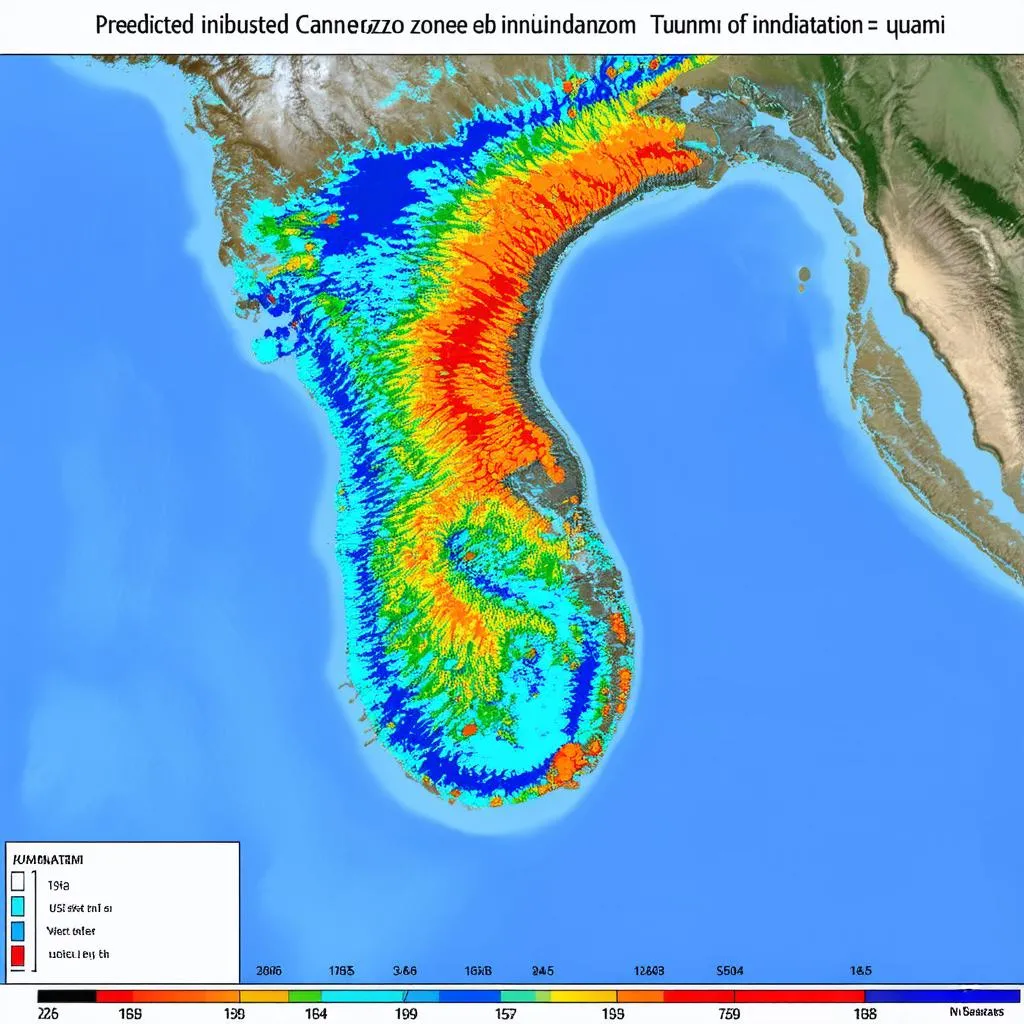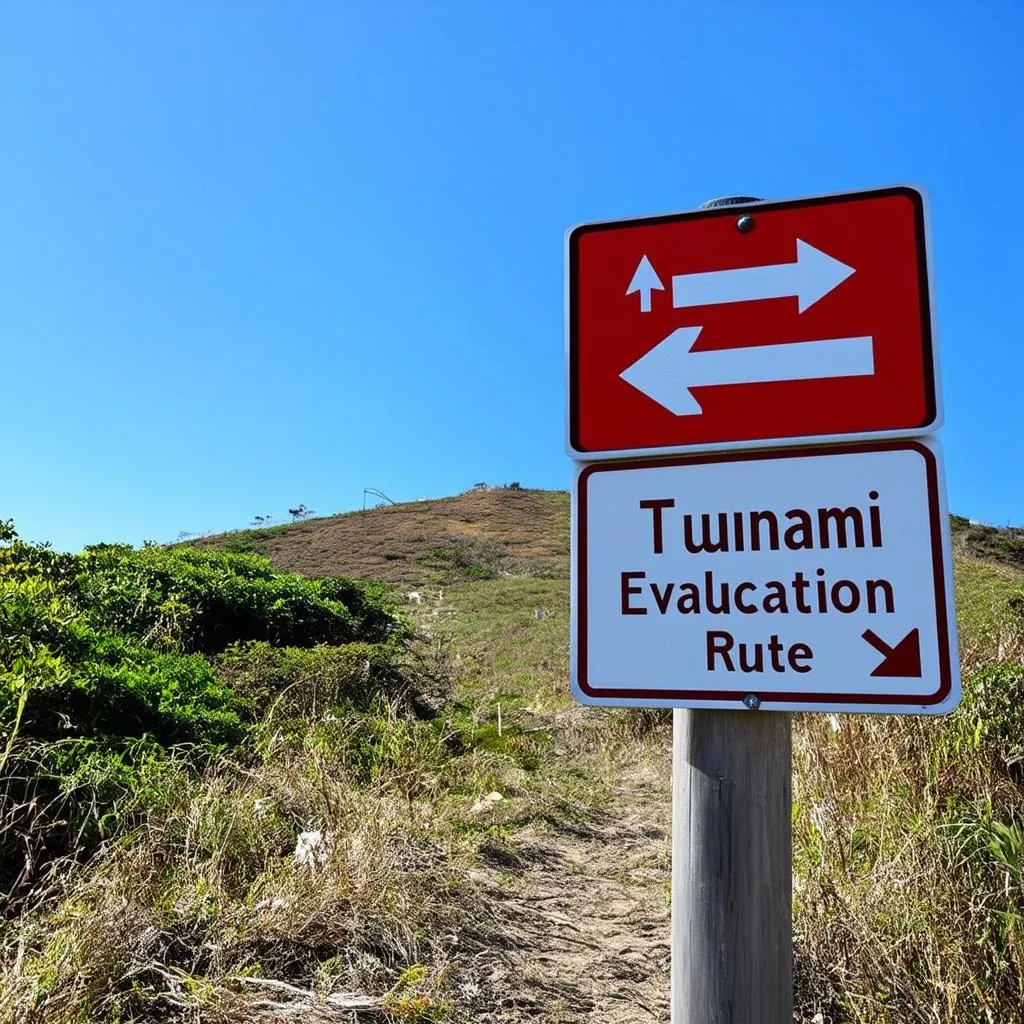Imagine this: you’re strolling along a picturesque beach in Bali, the sun warming your skin, the gentle waves lapping at the shore. Suddenly, the ground beneath you trembles. The sea recedes, revealing a vast expanse of ocean floor. What happens next could mean the difference between life and death: knowing how far inland a tsunami can travel.
Understanding the Destructive Power of Tsunamis
Tsunamis, often mistakenly referred to as tidal waves, are a series of ocean waves caused by massive underwater disturbances, typically earthquakes or volcanic eruptions. Unlike your average beach wave, these monstrous walls of water can travel across entire oceans at speeds exceeding 500 miles per hour, rivaling a jet plane.
But their speed isn’t the scariest part. What makes tsunamis truly terrifying is their ability to inundate coastlines, sometimes traveling miles inland, leaving a path of destruction in their wake.
How Far Can They Really Go?
The distance a tsunami travels inland, also known as its “run-up,” depends on several factors:
- The strength and depth of the earthquake or volcanic eruption: A more powerful event will generate a larger tsunami with greater destructive potential.
- The topography of the coastline: Steep cliffs can limit a tsunami’s inland reach, while gently sloping beaches and river valleys can act as funnels, allowing the water to surge much farther.
- The presence of natural barriers: Coral reefs, mangroves, and dense forests can help dissipate some of the tsunami’s energy, offering a degree of protection to inland areas.
While it’s impossible to give an exact figure, tsunamis have been known to travel miles inland, in extreme cases reaching as far as 10 miles or more. The 2004 Indian Ocean tsunami, for instance, devastated coastal communities thousands of miles away from the epicenter, with some areas experiencing run-ups of over 100 feet.
 Tsunami Inundation
Tsunami Inundation
Planning Your Travels? Safety First!
When choosing your next travel destination, especially coastal areas, it’s crucial to be aware of the potential risks:
- Research the region’s history: Has the area experienced tsunamis in the past? If so, this might raise a red flag.
- Check for warning systems: Does your hotel or accommodation have an evacuation plan in place? Are there sirens or other warning systems in the area?
- Know the evacuation routes: Familiarize yourself with the quickest and safest routes to higher ground. Remember, in a tsunami, every second counts.
Tsunami Safety Tips: What To Do When Disaster Strikes
- Heed the warnings: If you feel a strong earthquake or receive an official tsunami warning, immediately evacuate to higher ground.
- Don’t wait to see the wave: Tsunamis often arrive as a series of waves, with the first wave not necessarily being the largest.
- Stay informed: Listen to the radio or check local news websites for updates and instructions from authorities.
- Look for natural warning signs: A rapidly receding shoreline or unusual animal behavior can also signal an approaching tsunami.
 Tsunami Evacuation Route
Tsunami Evacuation Route
Travel Smart, Stay Safe
While the thought of tsunamis can be frightening, understanding the risks and taking necessary precautions can help ensure your safety. Remember, knowledge is power. Before you pack your bags, head over to travelcar.edu.vn for more travel tips and safety advice. We’ve got you covered from the beaches of Bali to the bustling streets of Hanoi.
Have you ever experienced a natural disaster while traveling? Share your story in the comments below!